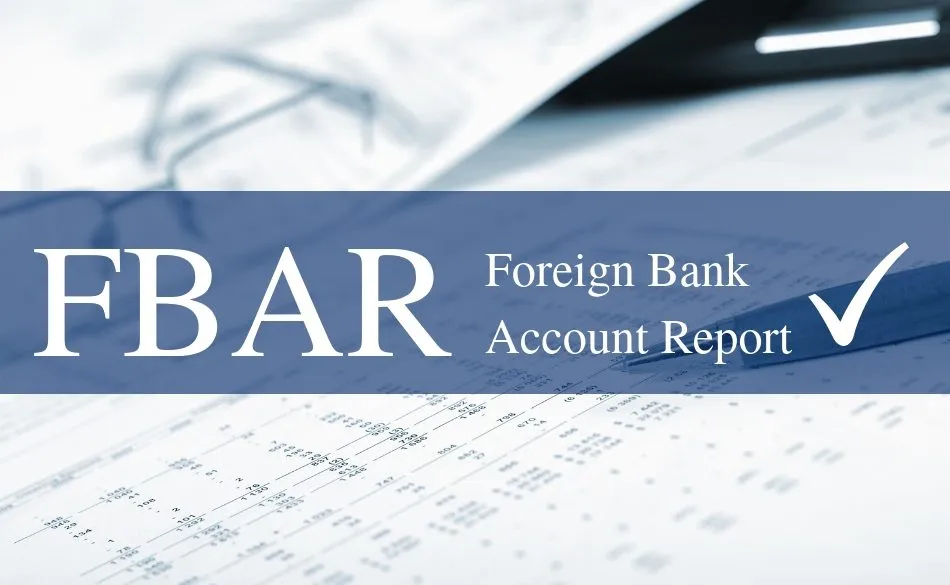 WhatsApp
WhatsApp
 Call Us
Call Us
 Email Us
Email Us
 Whatsapp Community
Whatsapp Community

Purpose of Form 10F for Tax Treaty Benefits in India:
To avail the advantages of any tax treaty for income earned in India, non-residents must provide specific information via Form 10F, accompanied by a Tax Residency Certificate (TRC), as outlined in Section 90(5) of the Income Tax Act, 1961. India has established Double Taxation Avoidance Agreements (DTAAs) with various nations to ensure that income is taxed only once. Form 10F, along with a tax residency certificate and a self-declaration in the prescribed format, must be submitted to the entity responsible for withholding tax at the source. Subsequently, the payer is responsible for withholding tax in accordance with the tax treaty.
Starting from July 16, 2022, non-resident taxpayers in India are required to electronically submit 'Form 10F' via the Income Tax e-filing portal to claim tax treaty benefits.
This requirement posed challenges for non-residents transacting with Indian residents relying on tax treaty provisions for exemptions or favorable tax rates.
These challenges included:
Registering on the income tax portal, which required a PAN (Permanent Account Number).
Acquiring a Digital Signature Certificate (DSC) in India to digitally sign Form 10F.
To address the issue of obtaining a PAN in India solely for Form 10F filing, the CBDT introduced certain relaxations. An exemption was granted to non-residents without a PAN, allowing them to continue furnishing Form 10F in a self-certified manual format until September 30, 2023.
Upon the expiration of the exemption period, the Income-tax department introduced a new registration category on the income tax portal: 'non-residents not having a PAN and not required to have a PAN'.
The registration process involves:
Clicking on the 'Register' option on the e-filing portal.
Choosing 'non-residents not having a PAN and not required to have a PAN' under the 'others' category.
Entering basic details such as name, date of incorporation, tax identification number, status, and country of residence.
Providing key person details, including name and date of birth.
Verifying contact details (email address and mobile number) through an OTP.
Uploading necessary documents like TRC, address proof, identification proof, and any other required documents.
Once registered, non-residents can electronically submit Form 10F without needing a PAN in India.
While this initiative simplifies the process for non-residents conducting business with Indian counterparts while claiming tax treaty benefits, there are important considerations:
Currently, the income tax portal accepts foreign mobile numbers for profile updates, but OTPs are not sent to foreign numbers. Non-resident taxpayers may need to provide an Indian mobile number for registration.
Mandatory document submission is required during portal registration.
Non-residents should carefully confirm that they are not obligated to obtain a PAN in India based on the provisions of the Income-tax Act, 1961, before opting for this registration category.
After registration, non-residents must digitally sign Form 10F using a DSC, requiring an authorized person for the non-resident to obtain a DSC in India for form submission.







Stay in the loop, subscribe to our newsletter and unlock a world of exclusive updates, insights, and offers delivered straight to your inbox.